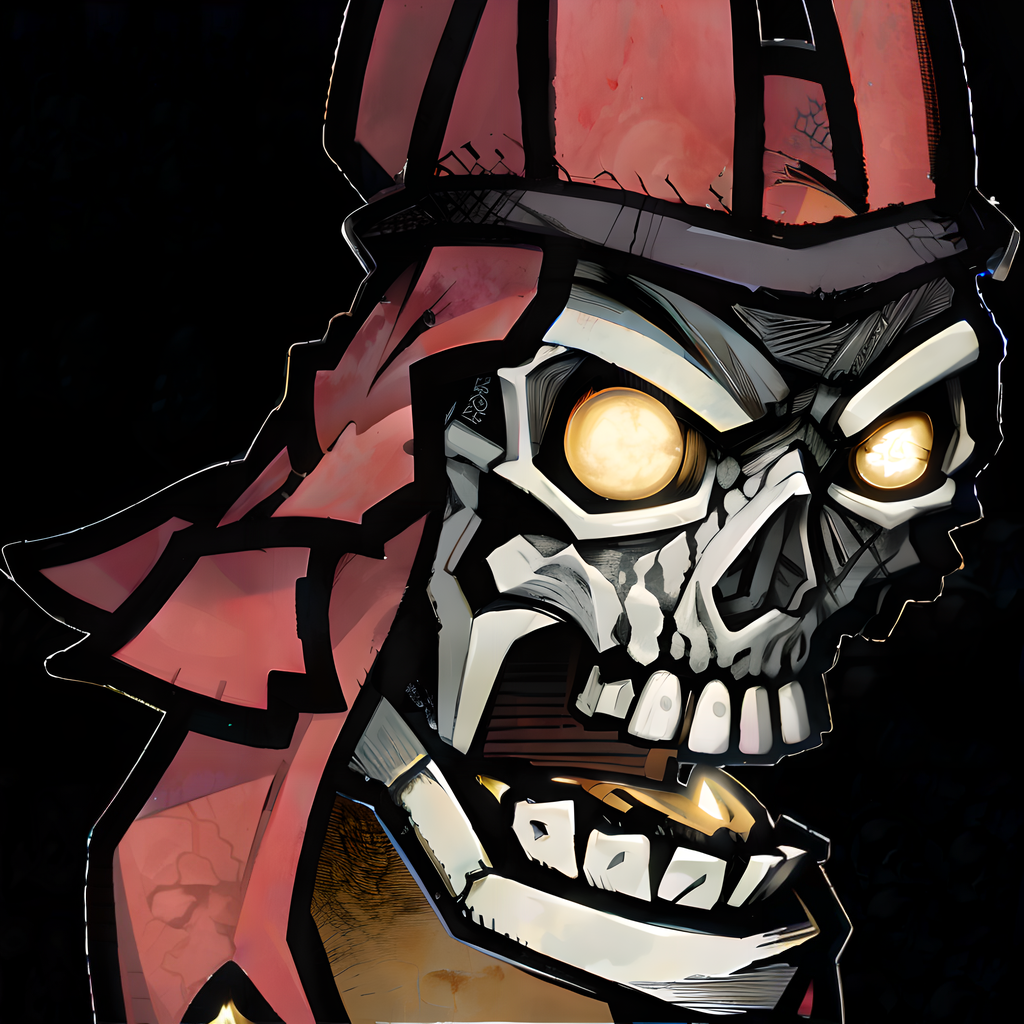(Dell Optiplex 3070 mini) Edit: Successfully installed thanks to all of you! In this specific case all I had to do was change from RAID to ACHI which I was able to do in the bios settings themselves. A warning to anyone who might do this if you want to keep windows I believe you have to edit the windows registry somehow but I did not care to keep windows at all so simply changing boot order to boot the USB with Debian installer first and then change from RAID to ACHI and boom, the windows partition will be discoverable.
Original post: What am I doing wrong here? The computer has Windows 11 on it but I don’t want to use it I want it all the way off the machine.
Can this installer not overwrite the Windows OS with Debian? Edit: Just want to say thanks to all of you I’m going to experiment around with the advice you all have given and see how it works out! Absolutely love the passion and helpfulness of this community here on Lemmy for real!
This post implies that you’re a beginner. I wouldn’t recommend debian as a beginner distro.
I wholeheartedly disagree. But I will say that maybe a mid-weight flavor of Debian would be better.
Honestly I may just keep doing the Debian install now that I have some insight on what might have gone wrong.
If you continue to have trouble but still want a Debian experience, might I recommend MX Linux. I cut my teeth on that for a long time, and it was a really great experience for me. And the installer is super easy to navigate.
Ignore the gatekeeping and do your thing. Nice choice on Debian.
It seemed more like a friendly suggestion than any attempt at gatekeeping
Its true really trying to break through the learning curve at the moment hands on but yes I think you might be right.
Wouldn’t recommend ubuntu, but can vouch for linux mint, which was my first distro. You will generally find an answer for any question you might have by including mint in your search.
Fedora or Ubuntu have the best installers. I would suggest Fedora.
Really just a guess but since others have pointed to bios raid stuff this may be relevant:
https://wiki.debian.org/DebianInstaller/SataRaid
But also you probably want to disable raid in bios if it’s enabled.
So installer is not recognizing your hard disk. There are plenty of potential causes but One thing to check is bios configuration of the disk drive, is the drive configured as raid? I’ve run into that a couple of times recently.
I had this issue. A laptop with a single ssd was configured as raid 0 in bios out of the box. Changed it – debian immediately recognizes the drive.
Dude @minibyte@sh . it just . works This was it!! Thanks to all of you
Yeah dude! Glad to hear that. Thanks for the follow up.
@Johnny5 This was it! Changed to ACHI and no problems after that thank you so much!!
Awesome, glad it worked !
Make sure windows was shut down all the way. Normally when you shutdown windows, it only hibernates and it locks it’s partitions to prevent editing. I tried installing Zorin for a family member recently, and it couldn’t install until I booted back into windows and shut it down fully.
To shutdown fully, in windows you need to either hold shift while clicking the shutdown button, or open the run box and run the command
shutdown -s -t 00Locks as far as windows will not be happy that you changed them. If you’re getting rid of windows don’t worry about shutting down safely.
No, I straight up had two different installation media’s fail until I went back and shut down windows fully. I’ve never run into that before on an install before.
First I tried ZorinOS, and it would fail to even boot into the live environment. I tried multiple times and even made a new install media. Then I tried fedora silverblue, it would get into the install environment but couldn’t do any kind of partitioning etc to the drive. I then rebooted to windows, shut it down fully, and tried again. This time fedora could edit the drive partitions, and zorin could load the live environment and install.
Previously I’ve had issues with shared drives being locked by windows, but this was the first time I’ve ever had an install fail because windows wasn’t shutdown fully. I don’t usually dual boot these days either though (I was setting up this computer for family) so I figured maybe something had changed with newer versions of windows or device security.
That’s crazy, I would never have expected that. Good to know!
Makes me wonder if Linux is playing nice with Microsoft or there is a mechanism to block device access.
Disable “Fast Startup” so that Windows actually shuts down when it shuts down.
That only applies if you try to mount it
You delete the Windows partition and then select the default Debian. Select custom in the install menu and then delete all the partitions
This sounds like you are struggling with the installer UI. Everyone here seems to think it is a software bug or firmware problem. I suspect you are just new to the installer. It isn’t exactly the most user friendly.
It wasn’t that it was that the windows partition wasn’t showing up at all. In this case (DellOptiplex 3070) I had to change from RAID to ACHI and it showed up
Push ctrl-alt-3 or 2 or something till you get a terminal. Run the command ls /dev/sd*
Post what it says back to you.
E: if you don’t see two drives, do ls /dev/nvm*
Or just use
lsblk.I always forget what subset of bins come on the livecd, does it do lsblk?
Yes, it does. I’ve just checked and confirmed the presence of
/usr/bin/lsblkon a Debian 12 liveUSB.Edit: formatting
@bloodfart I figured out what it was thanks to all of you! It was just that I had to change from RAID to ACHI in the bios! Since I didn’t want to keep windows I didn’t even have to open a command prompt or anything.
Man I love this whole community I can’t thank all of you enough.
A newer computer could also be /dev/nvm<something>
Shit that’s a good point! I’ll edit my post.
deleted by creator
@BobGnarley Try disabling secure boot in the bios. And maybe UEFI boot path security - I think I’ve seen that cause issues in the past too.
And if it’s a Dell, set disk access from raid to AHCI.
I literally had to do this 2 days ago.
It is a dell its an Optiplex 3070 mini. You just boot windows into safe mode to change that right?
Probably something in the bios
On top of that. I just got a new laptop and bit locker was setup by default. Had to go into Windows and disable bit locker before disabling secure boot. I didn’t do that, RE enabled secure boot, then had to get the recovery key for bit locker.
Are you trying to install while booted into Windows? If so that’s not how to install Linux from a bootable USB.
No I made the USB boot first before windows its the Debian 12 graphical installer
There may be any number of reasons why the disk is not an option. You may want to update your post body with the model of your computer in case someone has had a similar experience and can give you a heads up about what to do.
As a quick test you might want to flash another distribution image to the USB and see if that gives you the option to install to the system drive (you don’t have to install, just check if the option is available). It’s an easy way to find out if it’s a quirk of the distribution installer or something about your computer such as bios setting etc.








